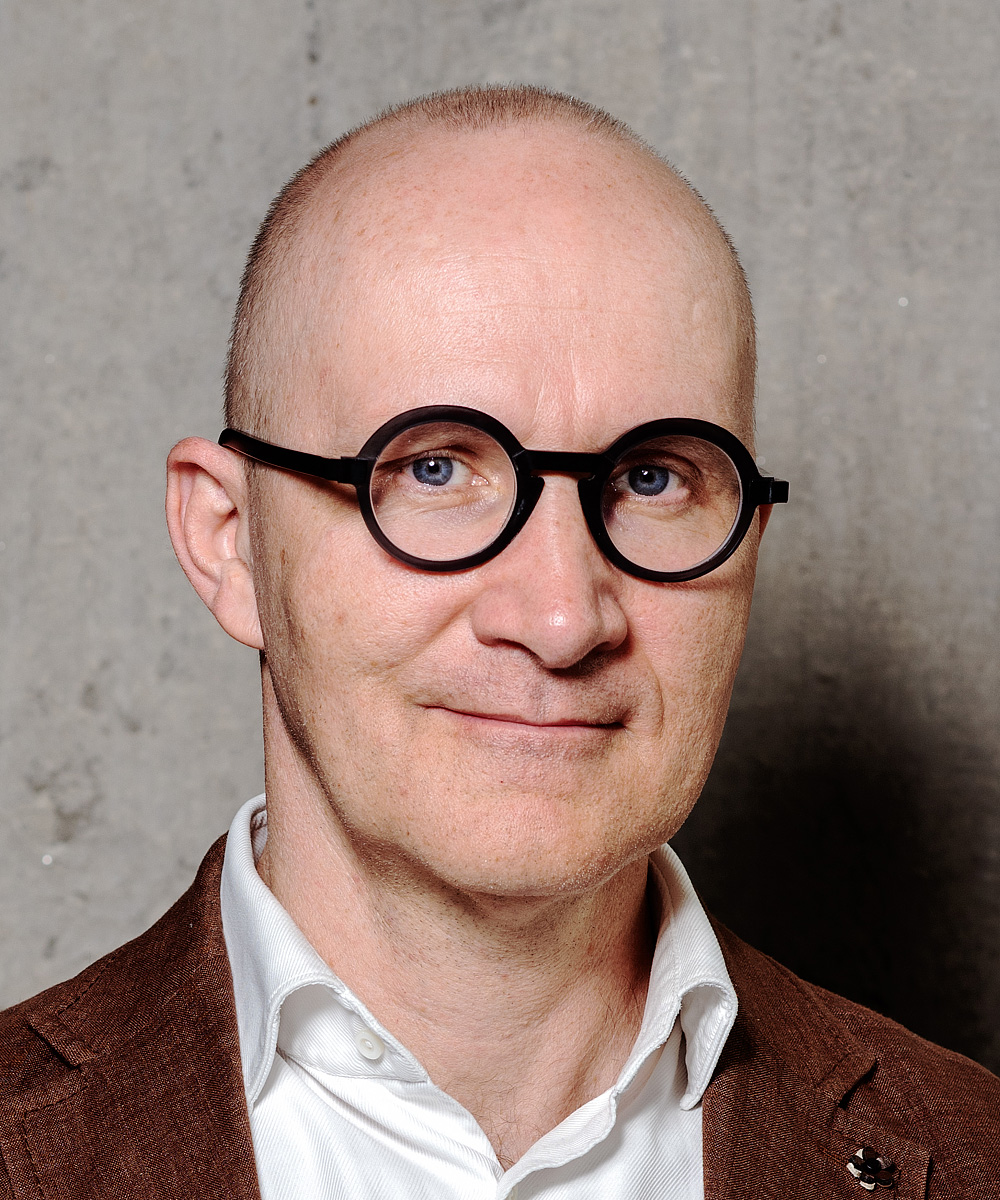We also want to make things easier for the citizens – to minimize the distance to the nearest court, hospital, and, ideally, even university. The universities should produce a sufficient number of graduates who won’t be forced to look for work outside of their region.
However, this approach has done nothing to slow down the continued outflow of the best brains and the most skilled hands to other countries, or at least to Bratislava and Kosice. Regional disparities persist or are even growing. A recent analysis by the OECD claims that regional economic disparities have actually deepened since 2000. Bratislava is by far the most productive city in Slovakia and its per capita GDP is currently 3.3 times higher than that of Eastern Slovakia. Slovakia thus regularly ranks among OECD countries with the deepest regional differences. What are we doing wrong?
Distance is not dead
“The Death of Distance” is a book by successful British economist and journalist Frances Cairncross. It was published towards the end of the 1990s, when the revolution in communication technologies was pumping up the internet bubble. The internet, and especially the World Wide Web, made physical distance a non-factor and enabled people to communicate regardless of their geographical location. However, neither the internet nor the current pandemic have managed to eliminate the human desire and need to meet in person.
If the “distance is dead” hypothesis were valid also in the context of regional development, members of the global creative class could comfortably stay put in their native regions without any risk to their income, creativity or quality of life. However, data from the past few decades clearly reveals that Slovak, European, or Indian IT experts, scientists, innovators, creatives and artists – the top talents in their respective fields – continue to be physically drawn to global metropolises and innovation hubs.
Cities are the engine of progress
Our current perception of prosperity is shaped by history and the policies of successful countries. The truth is that when it comes to generating wealth, commerce, progress, new scientific discoveries and even culture, cities –not states or nations - always were and continue to be the primary driver. Numerous studies demonstrate how city dwelling goes hand in hand with progress and prosperity. The number of patents grows exponentially with a higher population concentration. To illustrate – an additional million inhabitants increases the number of patents not just proportionally, but by 20% more. The concentration of talent is also linked to increased productivity, standard of living, sustainability and a reduction of poverty.
It can be expected that this trend of cities as the engines of progress, fuelling further increases in living standards, will only grow more dominant in the future. The continuous growth of immaterial economy based not on the production of material goods but on the creation and administration of immaterial content (such as design, software, or technological patents) is the reason behind this. This type of content is produced by highly qualified workers who are in demand on the labor market more than ever and tend to be concentrated in cities.
This group of employees or entrepreneurs has never been equally distributed throughout the regions. The cognitive elite has always clustered around physical institutions such as universities, research labs, or financial houses. Most of the currently most prosperous centers clearly demonstrate the ongoing one-sided flow of talent from the regions towards the cities. The East and the West Coasts of the United States, European metropolises such as Paris, London, Munich, Berlin, Milan, or the nearby Vienna and Prague can still attract thousands of technologists, scientists or creatives. That is why top companies are willing to remain in the most expensive global metropolises and don’t consider lowering their costs by relocating to more affordable smaller cities or the country.
Unfinished urbanization
Even we ourselves call Slovakia provincial. Pre-war Czechoslovakia belonged among the world’s developed countries but it wasn’t thanks to Slovakia’s industry. The Eastern part of the republic was mostly agricultural. It wasn’t until the post-war period that industry really took off in our country. The construction of huge industrial complexes went hand in hand with a massive urbanization of Slovakia, which has thus, over the following decades, partly managed to catch up with the developed Western world, where the urbanization process had started a century sooner.
Today, Slovakia is a country with 34% of its population living in cities with a population over 50 thousand or in their close vicinity. Only 12% of the population lives in cities with more than 500 thousand inhabitants, which is way below the OECD average. If the worldwide trend of work migration to the cities is to continue, Slovakia is only at the beginning. But this is not necessarily bad news, on the contrary.
A different approach to regional development
The government and the municipalities can systematically support the urbanization of the main agglomerations in the country with the goal of adopting a sustainable approach, increasing life standards, and decreasing the vast differences between the regions. The development of big cities and the surrounding regions needs to be approached in accordance with global megatrends. Only the biggest agglomerations in Slovakia have a real chance at attracting talent otherwise destined for foreign metropolises, developing the necessary infrastructure and improving the quality of universities. The currently proposed reforms (judicial map, stratification of hospitals, reform of tertiary education) are not “against” the interests of the regions and they do reflect the mentioned trends.
Regional development could also be based on internal development leaders, strengthening their natural advantages. Numerous regions could focus on tourism and services, others could be home to health and social care centers. They could benefit from seasonal sports, agro tourism, from developing their nature, cultural heritage, crafts and arts, or by reconstructing their fortresses and castles.
To make it clear – supporting the construction of industrial parks equally spread throughout the country doesn’t lead to thriving regions. The regions should not try to copy the developmental strategies of the cities. Their advantage lies in their differences.
Soňa Muzikárová, Chief Economist, GLOBSEC think-tank
Ronald Blaško, Executive Director, AmCham Slovakia




Follow us